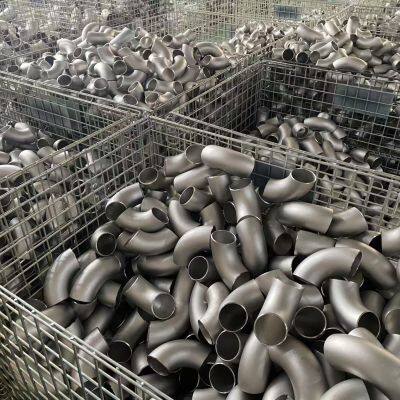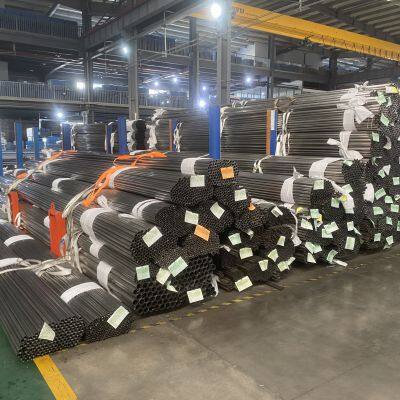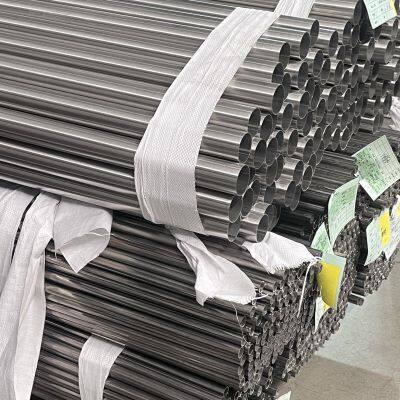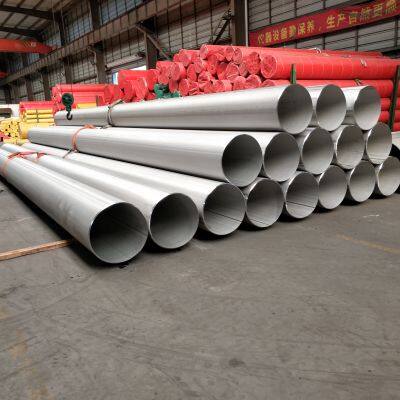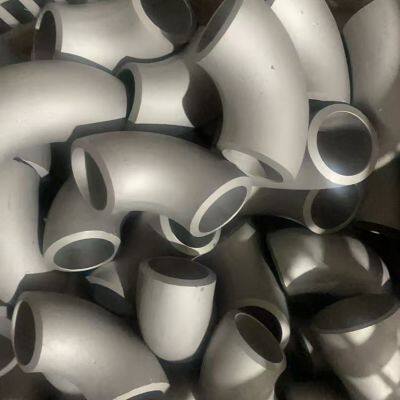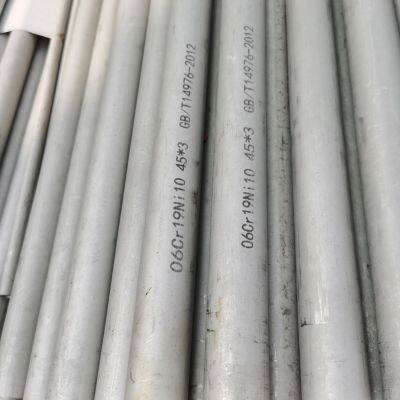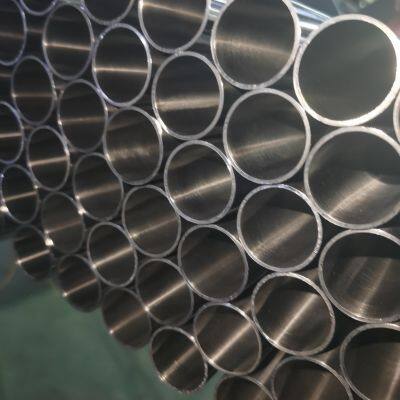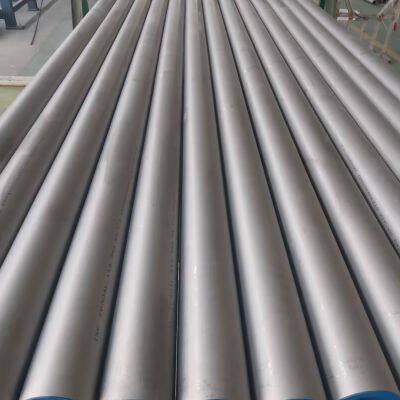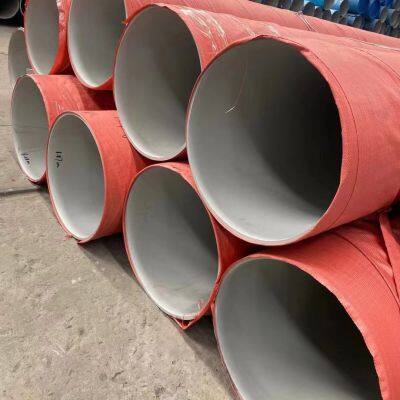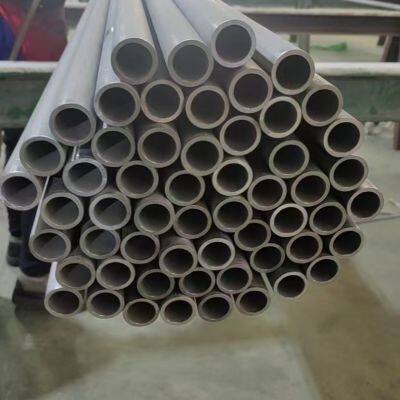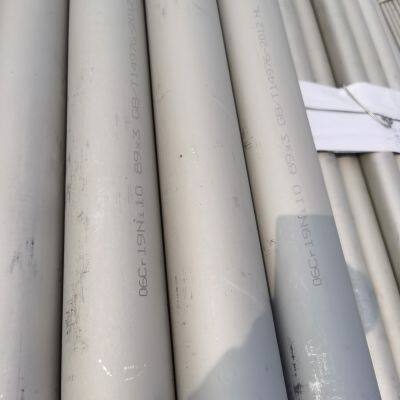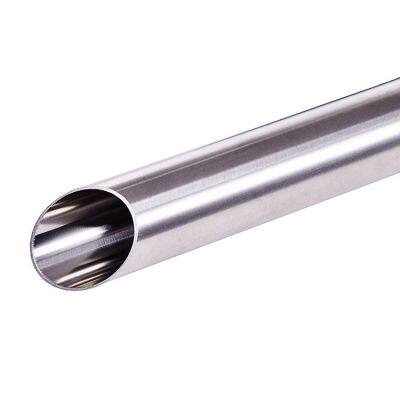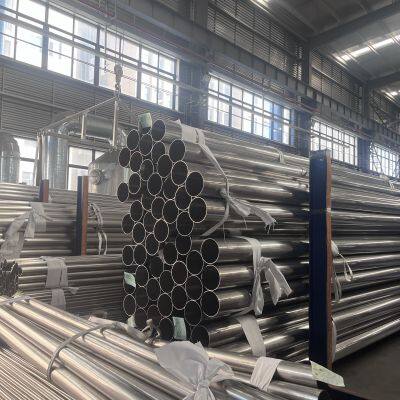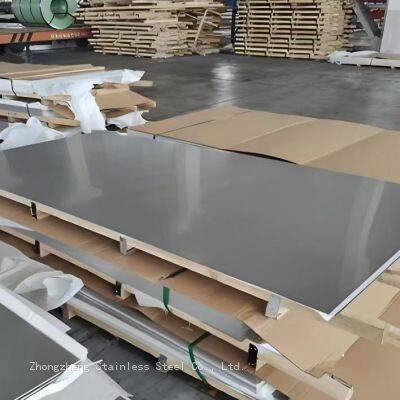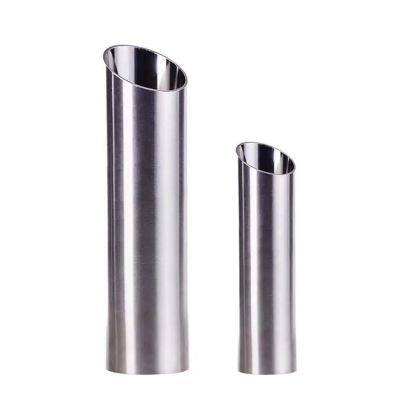What are the performance characteristics of stainless steel tubes after bright annealing treatment?
Stainless steel tubes after bright annealing treatment have significant advantages in multiple aspects of performance, which make them widely used in high-end manufacturing and special fields. The following are the main performance characteristics and principle analysis: 1. Surface quality: High gloss and mirror effect 1.1 No oxide layer and bright surface Bright annealing is carried out in inert gases (such as nitrogen, argon) or reducing atmospheres (such as a mixture of hydrogen and nitrogen), avoiding the formation of oxide scales caused by oxygen in traditional annealing. After treatment, the surface of the stainless steel tube shows the original metal color, with a roughness (Ra) controlled below 0.2 μm, approaching a mirror effect, and no additional polishing process is required. Application scenarios: Medical devices (such as surgical instruments), food and beverage equipment (to avoid impurity residue), decorative engineering (such as building curtain walls). 1.2 High surface cleanliness The protective atmosphere suppresses the adsorption of carbon, sulfur and other impurities, and the surface is free of oil, oxides or contaminants, meeting high cleanliness requirements (such as gas delivery pipes in the semiconductor industry). 2. Mechanical properties: Stress relief and toughness optimization 2.1 Elimination of work hardening and internal stress Stainless steel tubes will undergo work hardening after cold working (such as rolling, drawing), resulting in increased hardness and decreased toughness. Bright annealing heats the material to the recrystallization temperature (usually 650-1050°C, adjusted according to the material), allowing the deformed grains to recrystallize into uniform fine grains, significantly reducing internal stress (residual stress reduced by more than 80%), and restoring material toughness. Typical data: After bright annealing, the tensile strength of 304 stainless steel may decrease by 10-15%, but the elongation increases from 30% after cold working to over 45%. 2.2 Balance of strength and toughness Compared with ordinary annealing, bright annealing has more precise temperature control, avoiding excessive grain growth (overheating), so the material strength does not decrease significantly, while toughness is significantly improved, suitable for subsequent bending, welding and other processing. 3. Corrosion resistance: Optimization of passive film and inhibition of intergranular corrosion 3.1 Uniform and dense passive film After bright annealing, the chromium oxide (passive film) on the surface of stainless steel is more evenly distributed, with a thickness of about 1-3 nm, effectively blocking the erosion of media. Especially for austenitic stainless steel (such as 304, 316), the integrity of the passive film is improved, and the resistance to acid, alkali and salt corrosion is enhanced. Experimental data: After bright annealing, the corrosion rate of 316L stainless steel in a 5% sodium chloride solution is reduced by about 30%. 3.2 Inhibition of intergranular corrosion tendency For stainless steel with higher carbon content (such as 304), if the annealing temperature is controlled in the range of 450-850°C (sensitization temperature zone), chromium carbides (Cr23C6) may precipitate, leading to intergranular corrosion. However, bright annealing reduces the precipitation of carbides through rapid heating and cooling (or using low-carbon materials), improving the resistance to intergranular corrosion (such as through GB/T 4334 intergranular corrosion test). 4. Dimensional accuracy and microstructure stability 4.1 Strict dimensional tolerance During the annealing process, roller bottom furnaces or mesh belt furnaces are used, combined with precise temperature control, resulting in minimal deformation of the steel pipe (diameter tolerance can be controlled within ±0.05 mm), meeting the high-precision pipe requirements in fields such as precision instruments and aerospace. 4.2 Uniform and fine microstructure After annealing, the grain size is usually 5-10 grades (ASTM standard), and the microstructure uniformity is improved, avoiding the fibrous structure caused by cold working, reducing the anisotropy of the material, and making the mechanical properties more stable. 5. Other properties: Processing adaptability and functional characteristics 5.1 Improved welding performance After eliminating internal stress, the risk of welding cracks in stainless steel tubes is reduced, and the surface is free of oxide scales, eliminating the need for additional cleaning during welding, suitable for automatic welding processes (such as orbital welding of food-grade pipes). 2. Magnetic permeability control (for specific materials): For austenitic stainless steel (such as 304), bright annealing can further reduce the weak magnetism caused by cold working (resulting from martensitic transformation), keeping it non-magnetic and meeting the requirements of industries sensitive to magnetic interference, such as medical and electronic equipment.
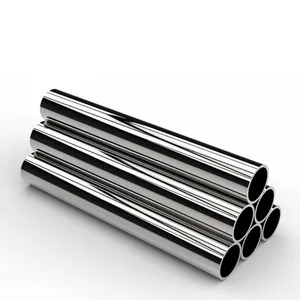
3. High-temperature resistance and oxidation resistance: The stability of the surface passivation film is enhanced after annealing, improving the oxidation resistance at high temperatures (such as 300-500°C), making it suitable for applications in heat exchangers, boiler pipes, and other high-temperature environments.
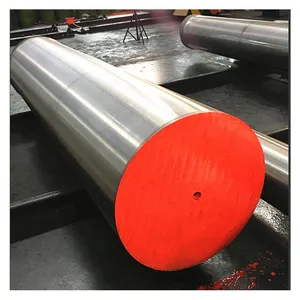
VI. Performance differences among different materials
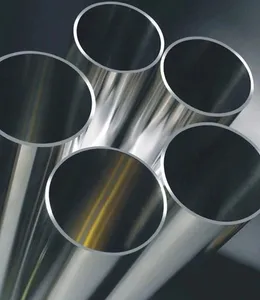
Austenitic stainless steel (304, 316): Primarily characterized by enhanced corrosion resistance and toughness, suitable for chemical and marine environments.
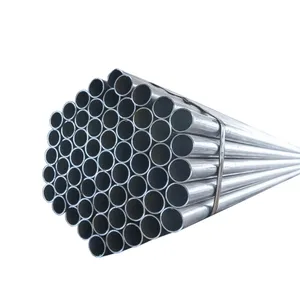
Ferritic stainless steel (430): After annealing, the hardness decreases more significantly, improving workability, but its corrosion resistance is slightly inferior to that of austenitic steel.
Martensitic stainless steel (410): The annealing temperature needs to be controlled to avoid excessive hardness reduction. It is mainly used in scenarios that require a balance between strength and surface quality (such as knives and valves).
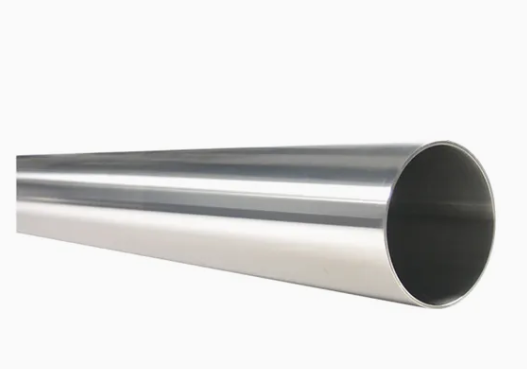
Summary: The core application logic of performance advantages
Bright annealing achieves a triple optimization of "high surface quality + excellent corrosion resistance + good workability" through "surface protection + precise temperature control" without sacrificing strength. These characteristics make it an indispensable key material in high-end manufacturing, especially in industries where "cleanliness, corrosion resistance, and precision" are the core requirements.
Recently Posted
-
What are the advantages of double-clamp stainless steel drinking water pipe fittings
January 6, 2026What are the advantages of double-clamp stainless steel drinking water pipe fittings? 1. Suitable for various media: The stai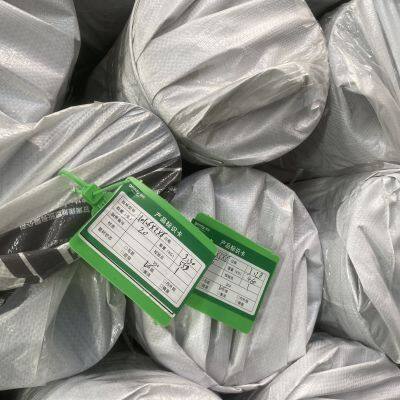 Read More
Read More -
304 stainless steel pipe, steam gas pipeline, mixed gas pipeline
January 6, 2026The 304 stainless steel pipe is suitable for steam pipelines and gas mixture pipelines. The 304 stainless steel materia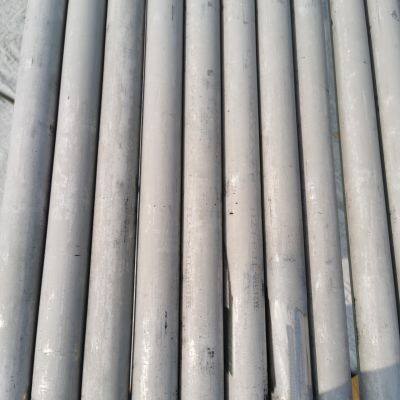 Read More
Read More -
What are the differences between 304 and 202 stainless steel pipes
January 6, 2026The main differences between 304 and 202 stainless steel pipes lie in their chemical composition, physical properties, corrosion r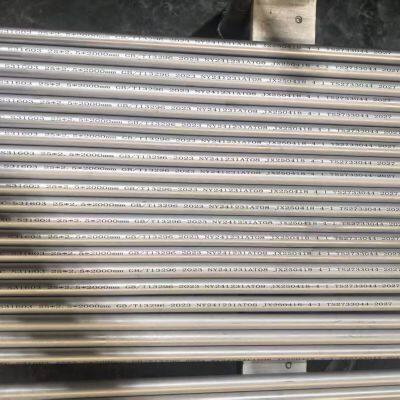 Read More
Read More -
The five common methods of connecting stainless steel water pipes
January 6, 2026Different methods of installing stainless steel water pipes The installation methods of stainless steel water pipes var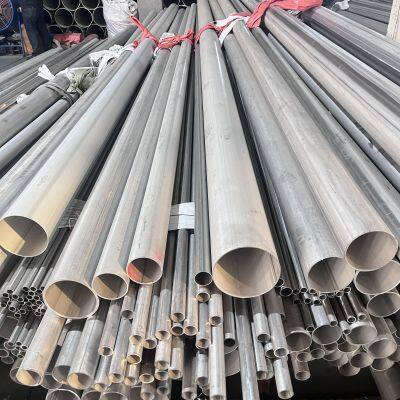 Read More
Read More



